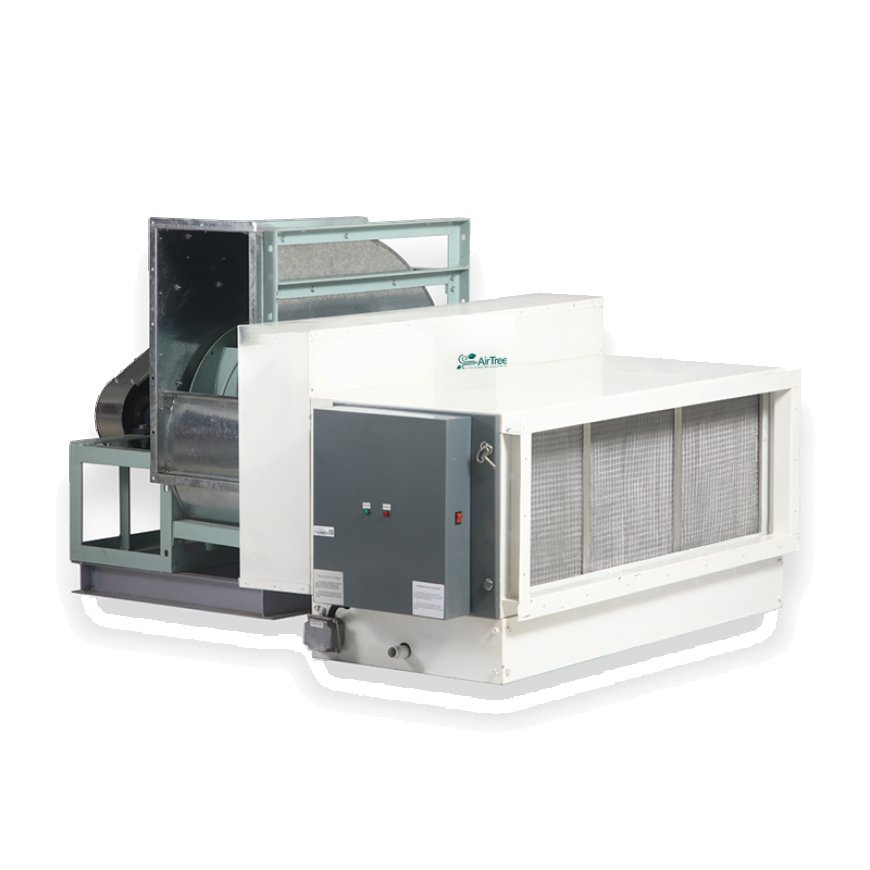How Dry Scrubbers Work in Pollution Control?
Discover leading dry scrubber manufacturers offering advanced air pollution control systems for industrial applications. Find the best solutions for efficient emission reduction and cleaner air.

Pollution control tech is the technology that primarily sends some toxic particles back to the generator. In this respect, technology like dry scrubbers is a kind of unsung hero who contributes quite a lot to the puzzle of a pollution-free world. Well, these devices are among the units, which use wet processes, to filter waste gas. That is, the electricity needed to withdraw the particles back to the generator originates from the waste conversion.
When water is impelled as a cloud to the contaminated air in a vapor form with very small or no particles, the contaminants will be forced to receive a topical water molecule and stick to itself instead of rebounding back into the atmosphere. Whether you're curious about the tech or even hunting for dry scrubber manufacturers, this guide will help you understand how they fit into the bigger pollution picture.
The Basics of Dry Scrubbers
A dry scrubber is an instrument usually found in factories to scrub the dangerous gases from the emissions. It is utilized in the making of cement, nations, and other industrial settings to eliminate harmful chemicals, especially acid gases before those nasties hit the atmosphere.
Instead of using water or a liquid solution (like wet scrubbers do), dry scrubbers rely on something a little different—usually a dry reagent that reacts with pollutants in the air.
How Do They Work?
So here’s where the magic happens. Dry scrubbers work through a multi-step process:
- Injection of Sorbents
The dry sorbent for example will include a non-acidic substance that is generally lime, with sodium bicarbonate and activated carbon being the other two common choices. These are the substances that counteract the gases. It's as if you are sending in the "Avengers" of pollution-fighting! The task is to take in or get rid of the pollutants in some way, either chemically or chemically.
- Gas-Solid Reactions
As the polluted gas passes through the dry scrubber, the sorbent reacts with the acid gases (like sulfur dioxide or hydrogen chloride) to form solid particles. These solids are way less harmful than the gases and can be captured easily.
- Filtration
After the chemical reaction, a filtration system removes these now-neutralized particles (dusty, solid form) from the gas stream. The cleaned-up air can then be released into the environment, while the captured particles are either recycled or disposed of safely.
Why Dry Scrubbers?
You might wonder—why dry scrubbers over wet scrubbers? Well, there are a few reasons why industries love these systems. They’re especially useful in areas where water is scarce, or where using water might cause complications, like freezing temperatures. Also, dry scrubbers generally have lower operating costs and less wastewater disposal compared to their wet counterparts.

 airtree
airtree 










